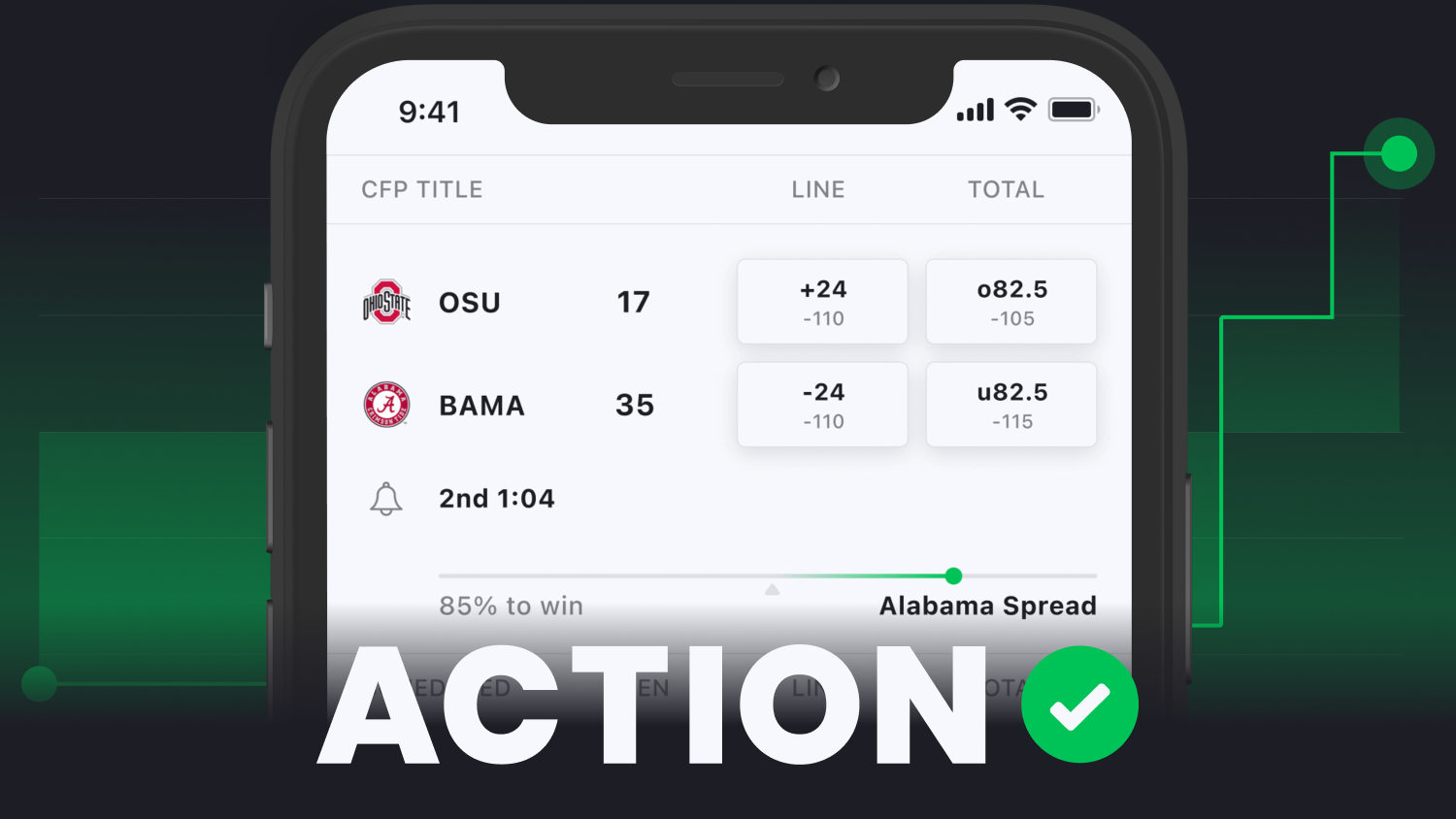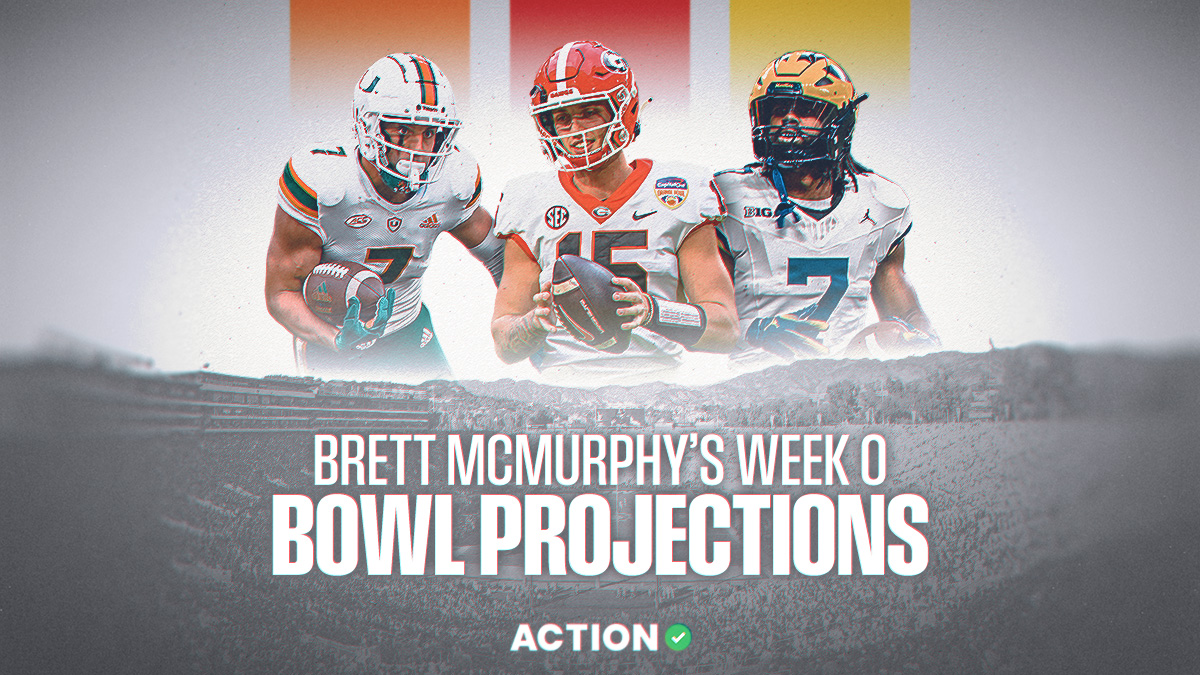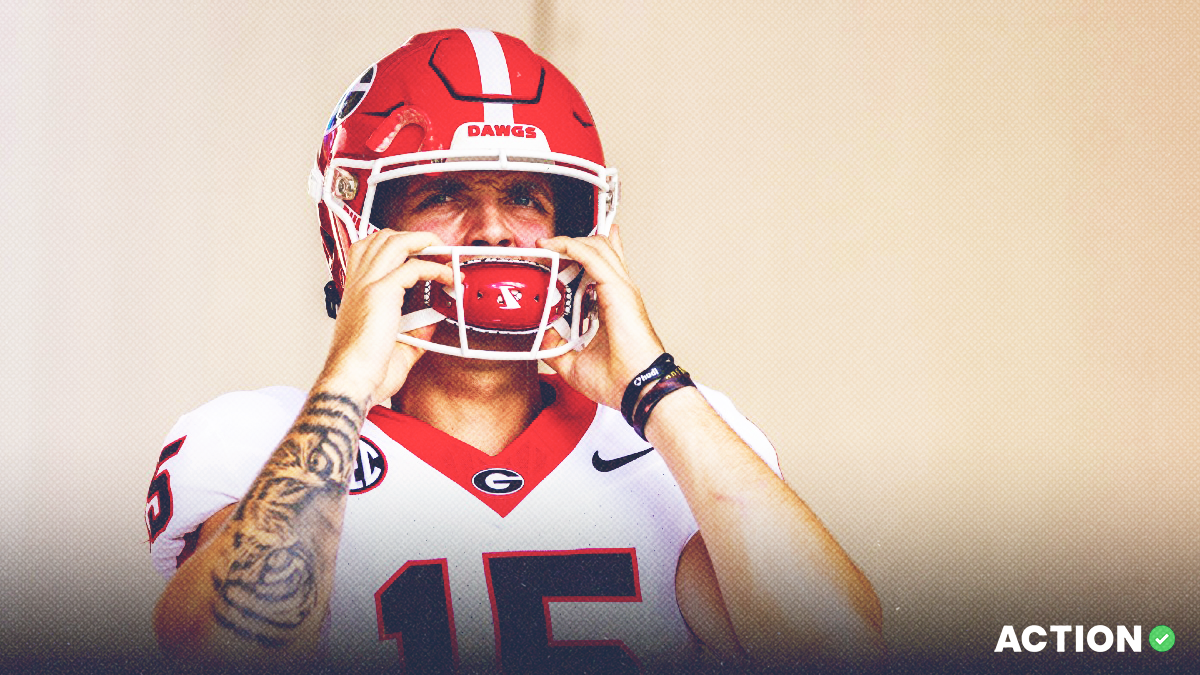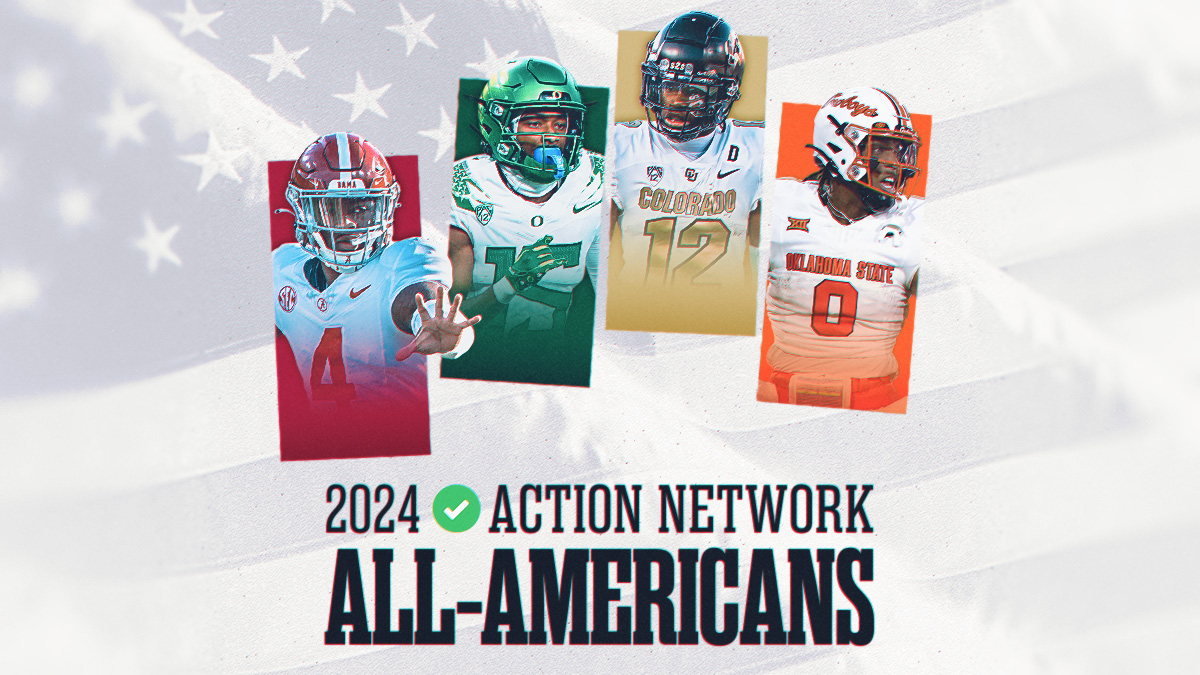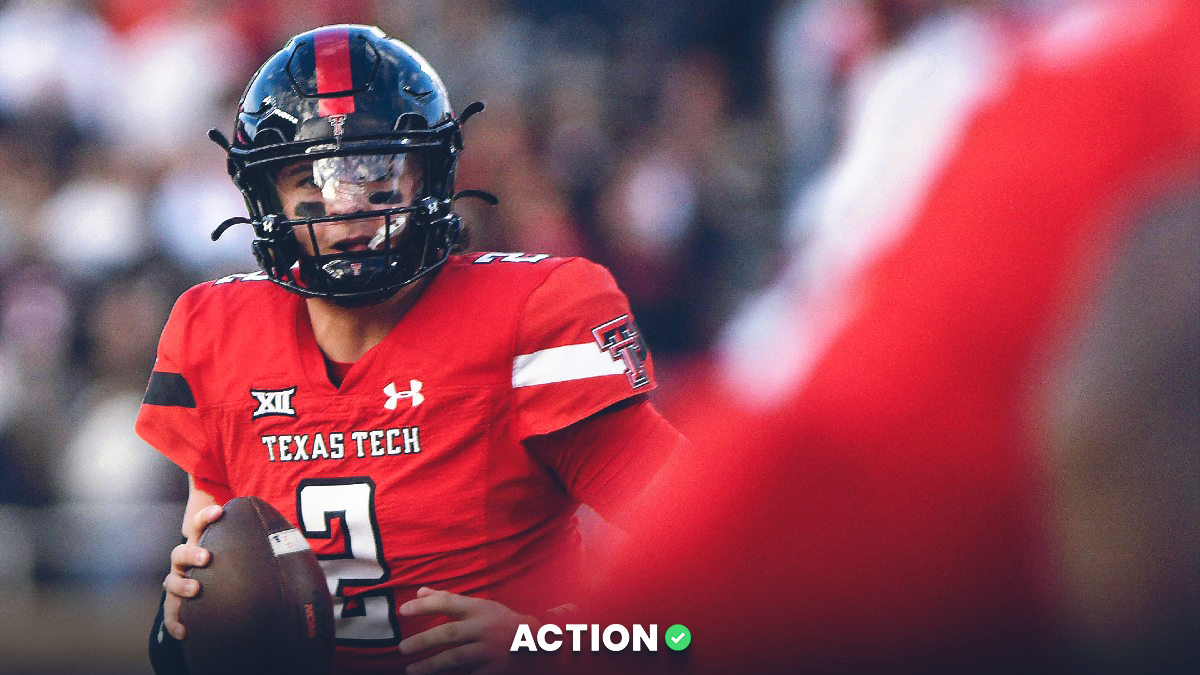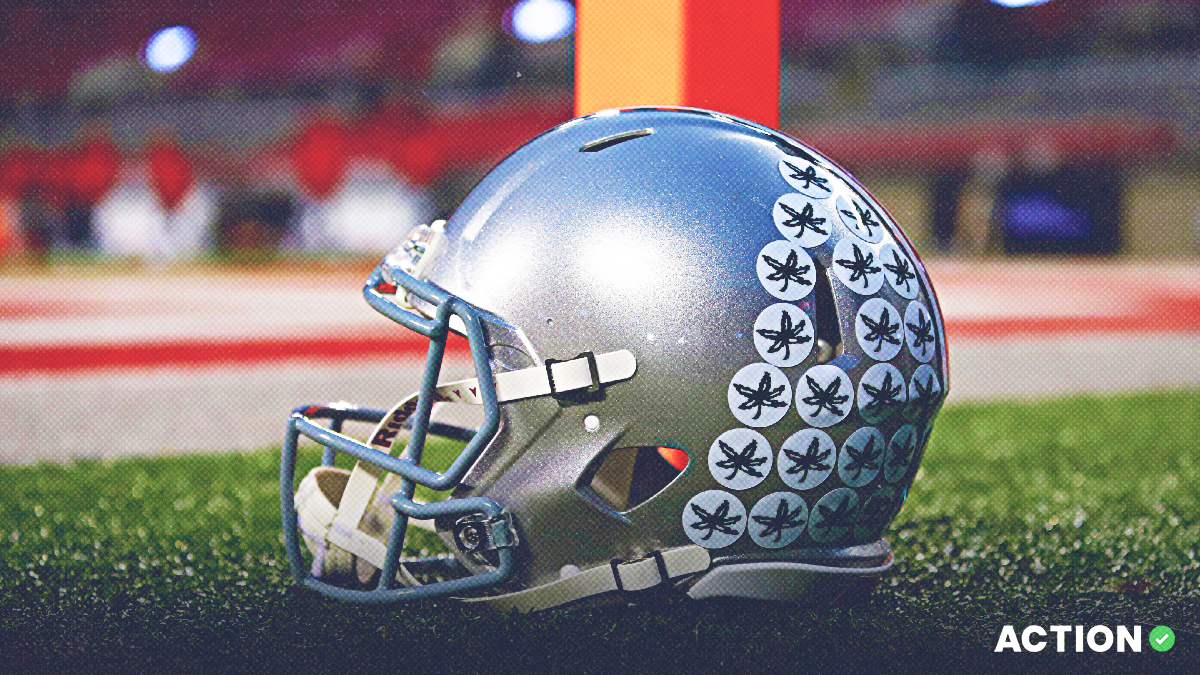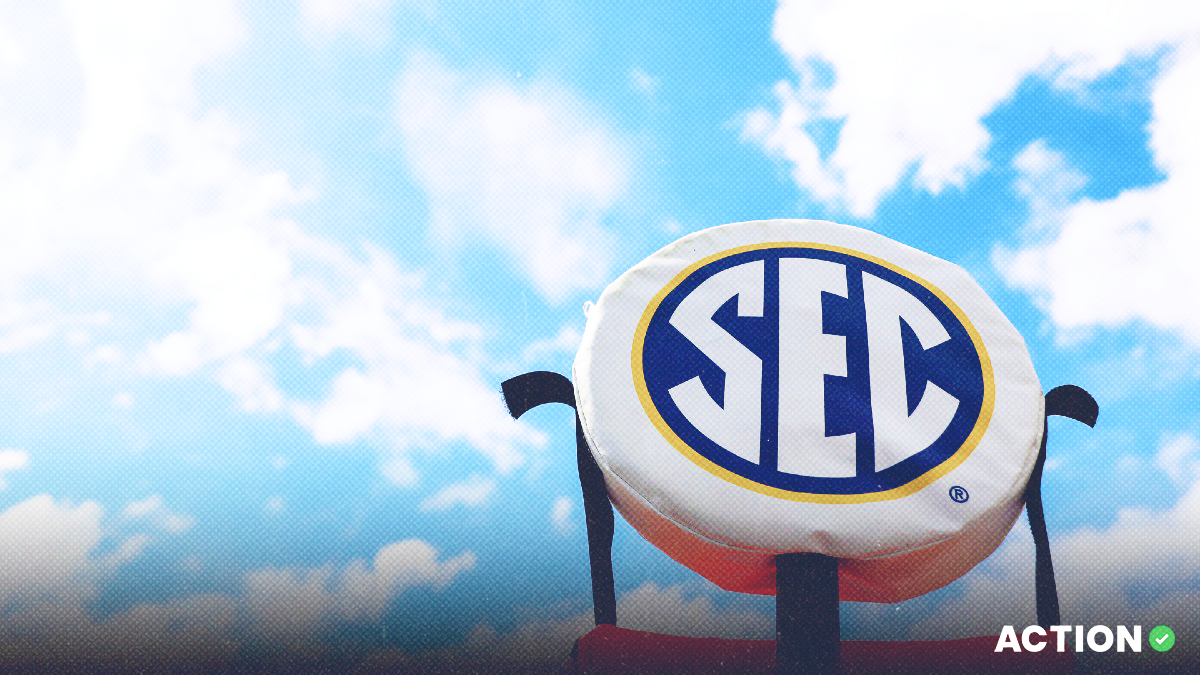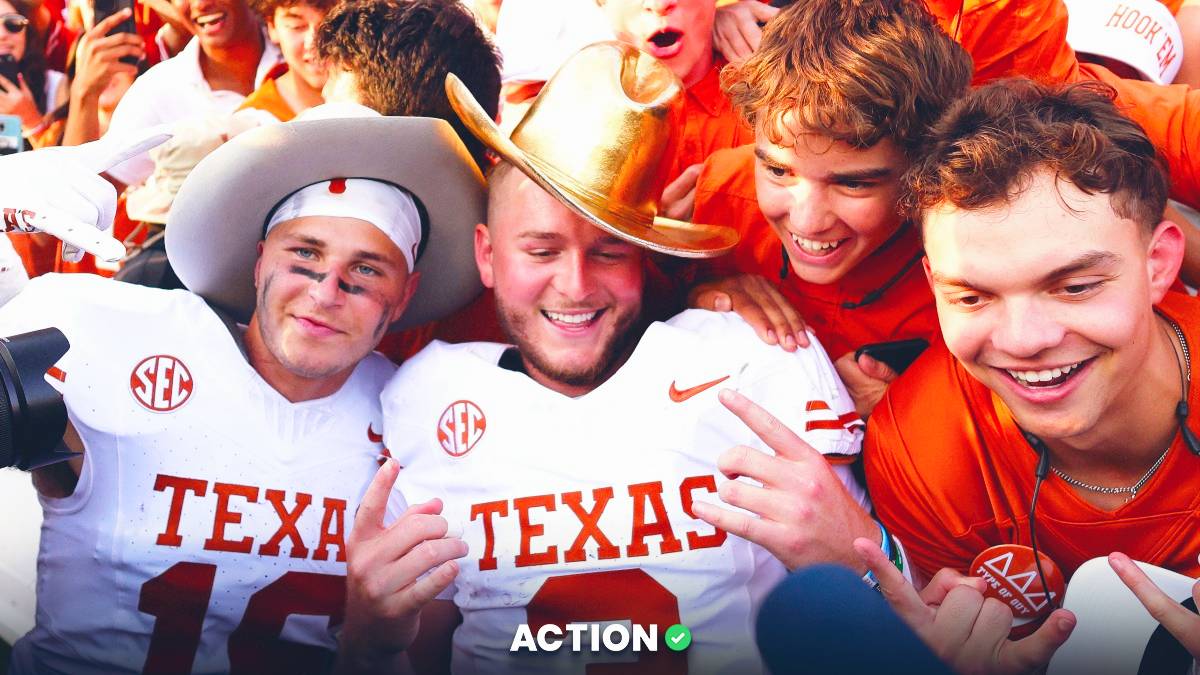Oregon’s Dan Lanning swears it counts. If you don’t believe him, he knows someone who agrees with him.
What’s in question is Lanning’s only hole-in-one. This summer at The Hay, Pebble Beach’s nine-hole par-3 course, Lanning made a hole-in-one. The same Dan Lanning who has a 16.7 handicap and shot a 108 at Eugene Country Club last month.
At The Hay, however, Lanning aced the 61-yard seventh hole named after Jack Nicklaus. Despite the short distance, Lanning told me “it counts” as a hole-in-one.
What does he mean “it counts?”
Casey Martin, Oregon’s golf coach, heard about Lanning’s hole-in-one. Martin was a college teammate at Stanford with Tiger Woods, who also redesigned The Hay’s par-3 course. Martin suggested Lanning text Tiger to ask him if “it counts” as a legit hole-in-one.
Tiger responded to Lanning’s text: “Yes, it counts. I also made my first hole-in-one on a Par 3 course – when I was 8.”
Ironically, Lanning has only attended one Masters in his life: the 2019 Masters, won by Tiger.
For the last several weeks, I contacted dozens of coaches trying to find out who's the best golfer of the 134 college football head coaches.
Here was the twist in this massive project: you don’t want to be the best, because then the assumption is you’re spending too much time on the tee box instead of the transfer portal.
“I understand that. That’s fair,” said UAB’s Trent Dilfer, the undisputed best golfer among college football head coaches.
It’s not even close. If Dilfer’s golf game was a football team, it would be 1995 Nebraska.
In the United States Golf Association’s GHIN handicap system, 32 of the 134 FBS coaches have official handicaps, which estimate how many strokes over par a player should shoot in 18 holes. The lower the handicap, the better.
And nobody goes as low as Dilfer, a 0.1 handicap. He’s actually had a +1.7, meaning he was averaging under par every round.
“Here’s the balance I found now: I’ll play half booster golf, doing something for the program, or play when no one is working in my building,” said the 52-year-old Dilfer, who added matter-of-factly that he shoots between 68 and 78 every time.
To put Dilfer’s talent in perspective, he shot a career-low 62 in a San Diego celebrity tournament that he won. He made nine birdies and hit 17-of-18 greens in regulation. On the only green he missed, he chipped in for birdie.
While playing Feather Sound Country Club in Clearwater, Florida, Dilfer shot a 7-under 29 on the front nine, making two eagles and a hole-in-one. The back 9? He blew up and shot 42.
Dilfer, who picked up the game seriously in college, has made seven hole-in-ones, including four in an 18-month span.


Back before UCF’s Gus Malzahn and SMU’s Rhett Lashlee were college head coaches, Malzahn was the football and golf coach at Shiloh Christian High School in Arkansas. Malzahn coached Lashlee, a stud quarterback, in both sports in high school.
Lashlee won the state individual golf title as a freshman, and Shiloh Christian won a state football championship with Lashlee at QB and Malzahn coaching.
“He was a better football player than golfer,” Malzahn said. “He’ll say his handicap is a 9, but he’s a 4 or 5.”
Lashlee, who claims an 8 handicap, says Malzahn “was a lot nicer and fun to be around in golf than football. There’s really not a debate who’s the better golfer (Malzahn is a 14.9). When we were on staff together at Auburn (from 2013-16), it was always important to beat him that last round before the season started so he wouldn’t forget.”
Lashlee will never forget playing in a two-man scramble in Fayetteville, Arkansas, with Malzahn in 2004. Malzahn was head coach at Springdale High School, and Lashlee was his quarterbacks coach.
It was a shotgun start, and Malzahn was running late. He went straight to their first hole — No. 6, a 175-yard par 3 — without warming up.
“He says, ‘I’m gonna hit a 6-iron’ and takes two practice swings,” Lashlee said. “He one hops in for a hole-in-one.”
“That,” Malzahn said, “was the only hole-in-one in my life.”
Malzahn is also great friends with Auburn coach Hugh Freeze. “Sure, Hugh’s better than me — he plays every day,” Malzahn said laughing. “I even heard he plays in season.”
I ask Freeze if he's the best.
“In the SEC, yes,” said Freeze, whose 4.6 handicap ranks second to only Dilfer.
ESPN analyst and former Alabama quarterback Greg McElroy frequently plays with both Dilfer and Freeze. “Freeze can go too,” McElroy said. “He's not as good as Trent, but he’s solid as can be.”
When Freeze was at Liberty, the Flames routinely practiced in the morning, allowing Freeze to golf in the afternoon.
“I was a zero [handicap] then,” he said.

There's a common theme between these dozens of coaches. Most said they have limited time with work and family obligations to play in the offseason — in the short window when coaches are actually off.
Several reminisced how much better they used to be before they became head coaches and before they had families.
Tulsa’s Kevin Wilson got as low as an 8-handicap before he underwent hip surgeries, and he's now a 15.
USC’s Lincoln Riley said he played much more as an assistant at East Carolina before becoming a head coach and starting a family.
Riley only plays between February and July. In February, he said he starts out as a 12 handicap and gets it down to 5 by July. Last month in Mexico, Riley shot 2-under, including a hole out from the fairway for an eagle. He’s still seeking his first hole-in-one.
Michigan State’s Jonathan Smith remembers when he was a 10-handicap in college but admits he’s now a 25.
West Virginia’s Neal Brown hasn’t played since his 9-year-old son was born.
“Maybe whenever I get out of this rat race, I’ll play again,” he said.
Kansas coach Lance Leipold doesn’t play much. When he was head coach at Buffalo, he was invited to play but didn’t own any clubs. Landon Leipold, Lance’s son, takes it from there.
“My dad bought some new clubs and was doing pretty well,” Landon said. “Until one of his playing partners called him out after a few holes.”
It seems, Lance never took the plastic wrap off the face of his irons.
Several coaches were quite proud of how bad they were.
Maryland’s Mike Locksley: “I shoot over 100, but I’ve got bad knees.”
Arizona’s Brent Brennan: “I play three times a year. I’ve shot like 120 or 130.”
However, Brennan beat Malzahn in a flighted shootout event at Pebble Beach this summer, which still burns Malzahn to this day.
BYU’s Kalini Sitake never takes a practice swing. “I don’t want to waste a good shot,” he said. “Maybe one out of 100 swings, I hit a good shot.”
Rutgers’ Greg Schiano said he played once this year and quit after six holes. I’m just guessing, but I’m sure Schiano believes hitting into the woods is not as productive as chopping wood.
Nebraska’s Matt Rhule is proud of his hefty 21.1 handicap, among the highest of the coaches.
“The worse golfer you are, it means you’re not spending time on the course,” Rhule said. “If you’re good, you’re not working hard enough. That’s what I tell every donor that wants me to play.”
However, as enthusiastic and compelling as those coaches were, one tale continually repeated was about Oklahoma’s Brent Venables.
Venables, who admittedly is not much of a golfer, was playing Augusta National Golf Club. He stepped up to the first tee box. Venables whiffed not once, not twice, but three times.
However, Venables got coached up by one of the members and rebounded nicely. Venables actually made a par 3 over water on No. 12.
Venables declined an interview request for this story. But if being the best golfer is bad for a head coach, wouldn’t being the worst golfer be the greatest compliment to a head coach?
“I know this,” a current head coach said. “Oklahoma fans don’t have to worry about Venables spending too much time on the golf course.”
“The best golfer has to be Rick Neuheisel,” another coach said.
I reminded the coach I was only considering current head coaches.
“Well, that’s why Rick Neuheisel can’t get a job,” the coach said. “He’s a scratch golfer.”
Fore (get it?) more news, notes and insight into college football, download the free Action Network app by clicking here. The college and NFL seasons are drawing near and there’s no better place to get all the analysis, predictions, game breakdowns and live scores.
College Football Head Coach Golf Handicaps
| Head Coach | Handicap Index |
|---|---|
| 1. Trent Dilfer, UAB | 0.1 |
| 2. Hugh Freeze, Auburn | 4.6 |
| 3. Jason Candle, Toledo | 5.6 |
| 4. Rhett Lashlee, SMU | 8.0 |
| 5. Shane Beamer, South Carolina | 8.2 |
| 6. Brian Kelly, LSU | 10.0 |
| 7. Lincoln Riley, USC | 10.1 |
| 8. Dave Doeren, NC State | 10.4 |
| 9. P.J. Fleck, Minnesota | 10.8 |
| 10. Joey McGuire, Texas Tech | 11.7 |
| 11. Ryan Day, Ohio State | 12.1 |
| 12. Mack Brown, UNC | 12.3 |
| 13. Eric Morris, North Texas | 12.5 |
| 14. Thomas Hammock, NIU | 12.6 |
| 14. Mike Houston, East Carolina | 12.6 |
| 14. Kirby Smart, Georgia | 12.6 |
| 17. Ryan Walters, Purdue | 13.2 |
| 18. Sonny Dykes, TCU | 13.9 |
| 19. Kyle Whittingham, Utah | 14.2 |
| 20. Gus Malzahn, UCF | 14.9 |
| 21. Chuck Martin, Miami (OH) | 15.0 |
| 21. Kevin Wilson (Tulsa) | 15.0 |
| 23. Tim Beck (Coastal Carolina) | 16.3 |
| 24. Dan Lanning, Oregon | 16.7 |
| 25. Mark Stoops, Kentucky | 17.0 |
| 26. Kalen DeBoer, Alabama | 17.9 |
| 27. Josh Heupel, Tennessee | 18.6 |
| 28. Jay Norvell, Colorado State | 20.5 |
| 29. Bill O'Brien, Boston College | 20.7 |
| 30. Trent Bray, Oregon State | 21.0 |
| 31. Matt Rhule, Nebraska | 21.1 |
| 32. Pat Narduzzi, Pitt | 24.6 |



